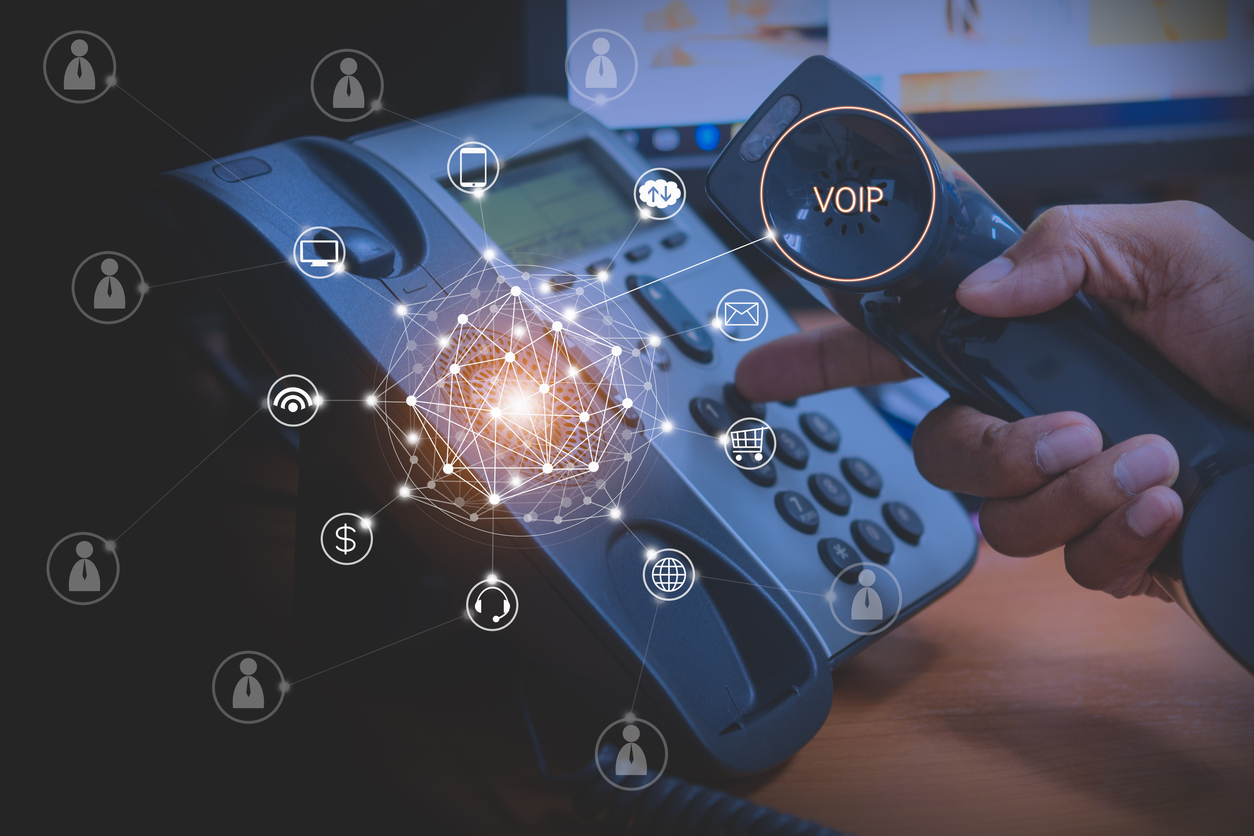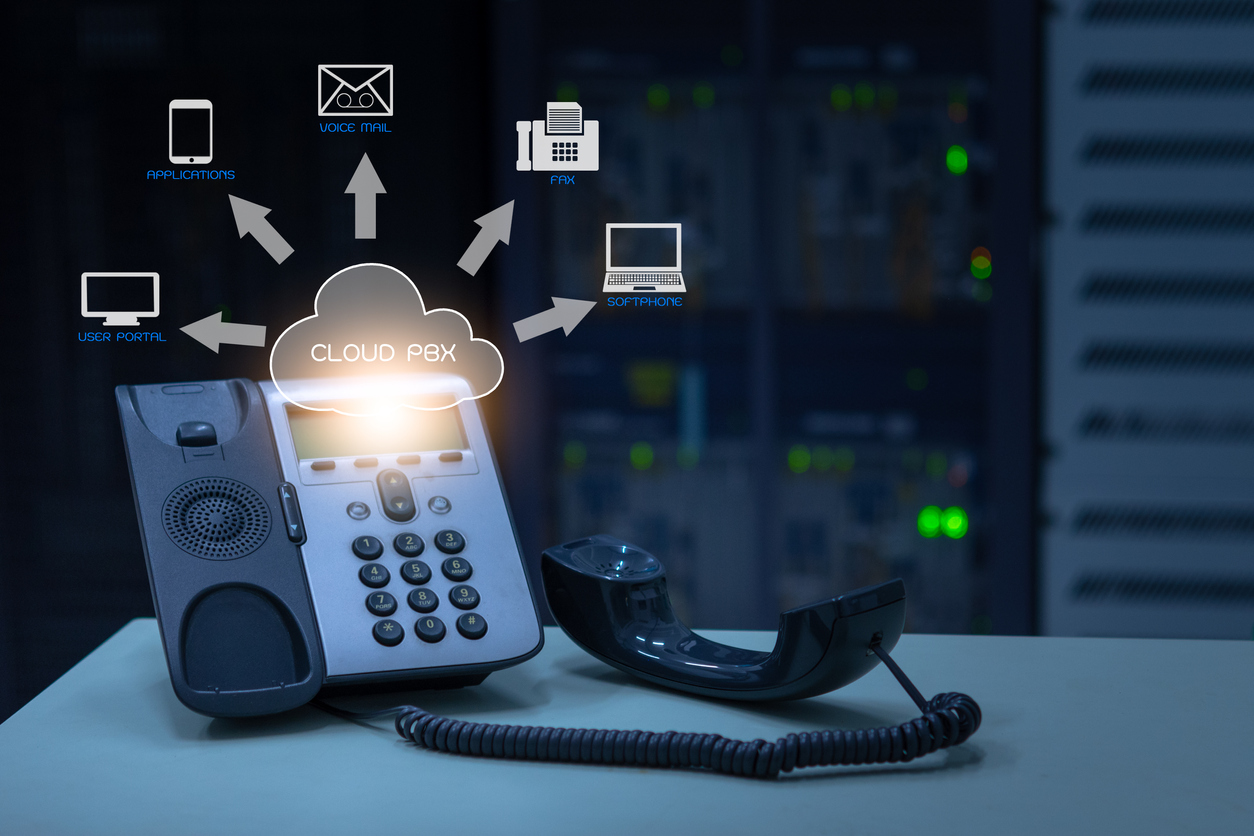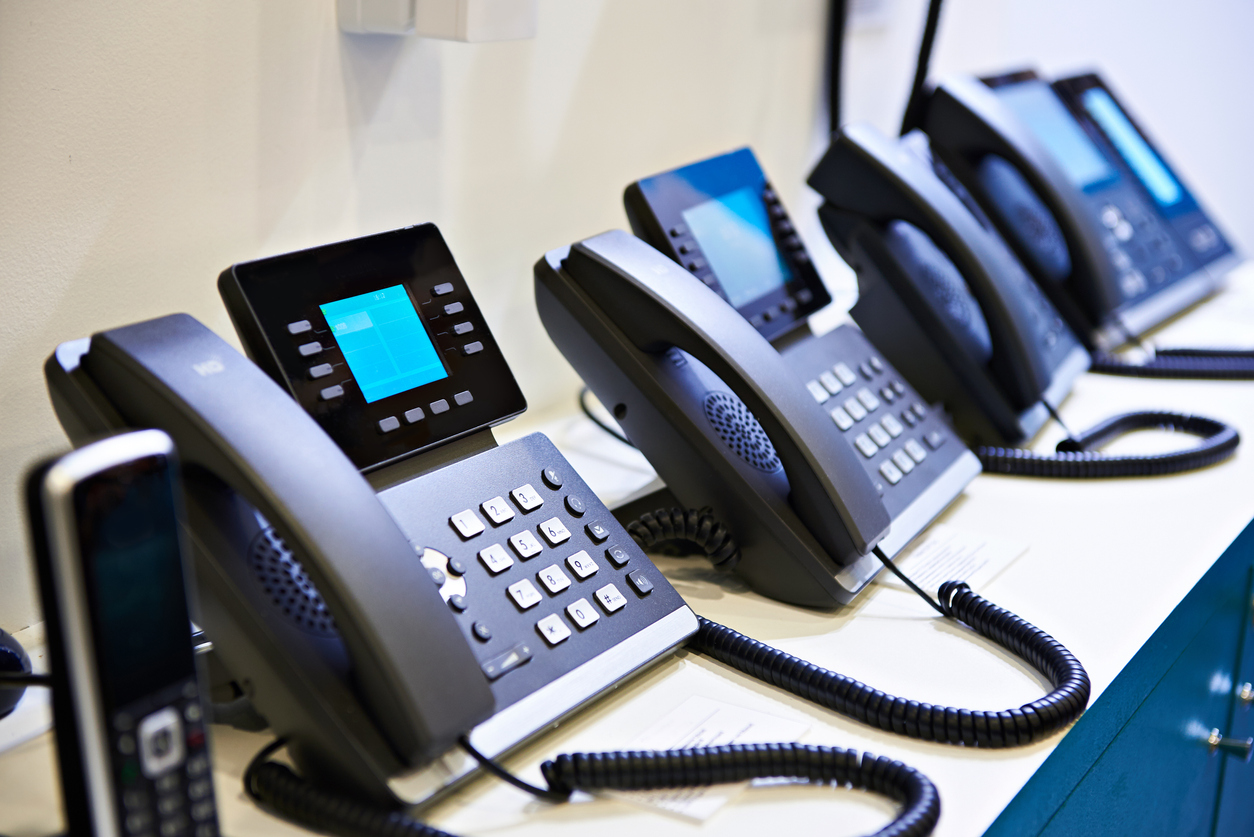Enhanced 911 regulations are essential in the telecommunications industry because they provide broader access to emergencies at crucial moments. Kari’s Law and Ray Baum’s Act are two pieces of legislation of US law that apply to some of the companies in the VoIP industry.
If you are a Bicom Systems’ Partner – here is everything you need to know about Kari’s Law, Ray Baum’s Act, and Bicom Systems’ compliance with both regulations.
What is Kari’s Law?
Kari’s Law ensures every person dialing 911 can do so more easily. The law compels manufacturers and vendors of multi-line telephone systems (MLTS) to pre-configure systems to support direct dialing 911 without any prefix or access code. Apart from pre-configuration, manufacturers and vendors of MLTS must also notify that a 911 call has been made.
When a 911 call is dialed on an MLTS, the system configuration must allow a notification to a central location on-site or off-site where an obliged person is likely to see or hear it.
What does the notification look like?
- A conspicuous on-screen message with audio alarm (for desktop computers);
- Text message for smartphones;
- E-mail for administrators.
The notification shall include the following information:
- The fact a 911 has been dialed;
- A valid callback number;
- The caller’s location that the MLTS carries to the public safety answering point (PSAP).
However, the notification does not have to include a callback number if technically infeasible. This exception applies to installers, managers, and operators if such a configuration requires an improvement to the software or hardware of MLTS.
Kari’s Law requires that businesses of manufacturing, importing, selling, or leasing an MLTS may not manufacture or import the MLTS for use in the United States. Unless it’s pre-configured so that, when properly installed, a user may directly initiate a call to 911 from any station equipped with dialing capabilities.
Important: In the case of Bicom Systems’ products, the notification is an e-mail for administrators and a call to personnel.

What is Ray Baum’s Act?
Complete Ray Baum’s Act includes many different communications-related initiatives, but section 506 deals with the 911 emergency service for enterprises. The idea behind adopted regulations is to ensure that the advanced communication tools used in an enterprise environment support critical end users’ emergency response.
Nowadays, tools used in telecommunications vary from laptops, desk phones, mobile devices, VoIP, and softphones. Consequently, emergency services (police, fire department, or medical staff) can lose critical time locating the caller. Ray Baum’s Act demands that the caller’s location is accurately displayed to emergency dispatch, regardless of the telecommunication tool used to make the call.
To which companies do Kari’s Law and Ray Baum’s Act apply?
According to Federal Communications Commission (FCC), both Kari’s Law and Ray Baum’s Act apply to the person(s) in the business of manufacturing, importing, and selling MLTS, and lessors (who are not defined by the rules) are prohibited from manufacturing, selling or leasing MLTS unless such system has the capability, after proper installation of providing location information.
Moreover, rules from the Ray Baum’s Act apply to the following 911-capable services:
- MLTS
- Fixed telephony
- Interconnected VoIP
- Internet-based TRS
- Mobile text.
The dispatchable location rules and compliance deadlines for fixed telephony, VoIP, TRS, and mobile text differ depending on the particular service and whether the device used to call is fixed or non-fixed. The user cannot readily move fixed appliances (e.g., desk phones). On the other hand, the user can readily move non-fixed devices (mobile phones) at multiple locations or while in motion.
- An on-premises fixed phone with a multi-line telephone system shall provide an automated dispatchable location no later than 6th January 2021.
- When technically feasible, an on-premises non-fixed device associated with a multi-line telephone system shall provide to the appropriate PSAP automated dispatchable location. Otherwise, it shall give a dispatchable location based on the end-user manual update or alternative location information.
- If technically feasible, an off-premises device associated with a multi-line telephone system shall provide to the appropriate PSAP automated location. Otherwise, it shall give a dispatchable location based on the end-user manual update or enhanced location information no later than 6th January 2022.

Key Concepts Necessary for Understanding the Kari’s Law and Ray Baum’s Act
- An installer is a person or entity that configures the MLTS or performs other tasks involved in getting the system ready to operate – establishing the dialing pattern for emergency calls, determining how calls will route to the PSTN, and determining where the MLTS will interface with the PSTN.
- A manager is a person or entity responsible for controlling and overseeing the implementation of the MLTS after installation, including determining how lines should be distributed, assigning and reassigning telephone numbers, and ongoing network configuration.
- An operator is a person or entity responsible for the day-to-day operations of the MLTS.
Note: More than one party can serve in any of these roles, and the same party may serve more than one. The entity or entities acting as a manager will have the primary responsibility for compliance, and other parties’ roles and responsibilities can be defined in their contract.
Definitions Necessary for Understanding the Kari’s Law and Ray Baum’s Act
- Multi-line Telephone Service (MLTS) includes the full range of network communication systems that serve enterprise customers. The definition includes circuit-switched and IP-based enterprise systems, cloud-based IP technology, and over-the-top applications.
- MLTS does not include individual components of MLTS: telephone sets, control software, and hardware. In this case scenario, the party which selects and combines the components to create a functional MLTS steps into the role of manufacturer/seller/lessor and is the subject to regulators.
- Alternate location information (which may be coordinate-based) is location information sufficient to identify the caller’s civic address and approximate in-building location. For large multi-story buildings, this should typically include floor level and approximate location on the floor.
- Enhanced location information (also coordinate-based) consists of the best available location secured from any available technology or a combination of technologies at a reasonable cost.
Non-fixed devices comply with regulatory requirements if:
- The devices transmit automatic dispatchable location information.
- The devices allow the user to manually update his/her/their location and transmit the information to the PSAP.
- They provide alternate location information (as on-premises non-fixed devices), or they provide enhanced location information (as remote devices).

Bicom Systems’ Compliance with Regulatory Requirements
Bicom Systems’ Products
As a unified communication service provider, Bicom Systems products allow seamless communication for both in-person and remote teams. Therefore, products such as PBXware (our IP PBX Professional Open Standards Turnkey Telephony Platform) and gloCOM GO (our mobile application for business communication) are compliant with both Kari’s Law and Ray Baum’s Act.
Suppose Bicom Systems sells just the software or a communication application in a particular case scenario. On the other hand, the resale partner/customer provides the hardware and devices for end-users. In that case, likely, Bicom Systems would only be providing the components. If Bicom Systems is responsible for installing the MLTS, the disperses of responsibility stop after the installation.
In the future, the contract documentation between Bicom Systems and our customers should include the responsibility of our customers for devices that Bicom Systems doesn’t provide or can’t control. It is also advisable to document difficulties and costs associated with obtaining and providing location information.
Bicom Systems and Providing the Dispatchable Location
PIDF-LO (Presence Information Data Format Location Object) is a popular method of sending location information in a SIP packet. Most SIP providers support this method, even though it has minor imperfections. The central issue is that addresses sent in PIDF-LO must be previously validated with the service provider.
In that regard, Bicom Systems can offer customers a list of validated addresses for selection. This would require API integration with the provider. Providers that have this kind of integration are VoipInnovation, Bandwidth, Telnyx, and possibly all other SIP providers. Without API integration, customers will have to validate location manually in the SIP provider GUI.
Suppose Bicom Systems’ software or products can provide the dispatchable location, but the customer uses an unsupported device. In that case, Bicom Systems should be deemed in compliance with Ray Baum’s Act.
The rules mentioned in the text earlier spread responsibility among various parties involved in the provision and operation of an MLTS. If the portions of the MLTS that Bicom Systems provides can transmit dispatchable location information, the company does not guarantee customers’ behavior.
Note: Federal Communications Commission’s rules are not entirely clear concerning responsibility for third party or customer-provided devices. FCC’s rules don’t discuss how the legislation applies to the apps. Please read about Ray Baum’s Act and Kari’s Law to avoid ambiguity here.

GeoLocation SIP Header
A few SIP providers implemented another way to set up a dispatchable location in a SIP header, for phone systems that do not support PIDF-LO. In this case – you should register an address using the provider GUI to get the location ID, and a location ID should be sent in the SIP header. Both Bandwidth and Telnyx implemented it as a “GeoLocation” SIP header. Bandwidth requires the location in the form of a URL, while Telnyx needs just a location ID.
Bicom Systems currently does not support dispatchable locations for every SIP provider. The company supports dispatchable locations only for those who have GeoLocation SIP header enabled. Another case scenario is that your SIP provider may have an alternative way of setting up a dispatchable location. In that case, you can manually set up the location for every device.
Important: API integration with other SIP providers is in the plans for the future development of PBXware. At the time of writing this piece of content, Asterisk does not have multipart support, and we are waiting for complete support for PIDF-LO that is yet to come.
Manually-updated Dispatchable Location
According to both pieces of legislation, many providers or managers should manually update the user’s manuals. MLTS rules don’t contain disclosure requirements, but disclosures similar to those required of VoIP providers can be very useful. For example:
- The customer should be made aware, in writing, that a user will need to register his/her/their physical location when they use the app;
- The notification that a 911 service may be unavailable or 911 calls and/or the response may be misrouted if the correct address isn’t entered whenever the device is relocated;
- The notification that the app is relying on third-party networks.
The customer should be contractually obligated to inform all users of the limitations of the 911 service.
What should Bicom Systems’ customers do?
- Check with their SIP providers if they implemented a GeoLocation SIP header.
- Contact their SIP providers to see if there is an alternative way of setting up locations.
- Double-check if locations are in the valid format (both pieces of legislation define valid format).
- Update their end-users on the limitations of the 911 service.
Note: Keep in mind the calls sent with GeoLocation – Routing with invalid or empty PIDF-LO. They are considered unregistered calls. The next step is routing a call to a national emergency call center. Any fees associated with unregistered calls will apply.

To summarize
- MLTS 911 calls from fixed devices – by January 6, 2021, MLTS must provide an automated, dispatchable location with each 911 call.
- MLTS 911 calls from non-fixed devices:
On-premises MLTS 911 calls – by January 6, 2022, MLTS must provide either:
- Automatic dispatchable location, if technically feasible. In other case scenarios, MLTS must provide 2) or 3);
- Dispatchable location based on end-user manual update;
- Alternative location information, which may be coordinate-based, sufficient to identify the caller’s civic address and approximate in-building location.
Off-premises MLTS 911 calls – by January 6, 2022, MLTS must provide either:
- Automatic dispatchable location, if technically feasible. In other case scenarios, MLTS must provide 2) or 3);
- Manually-updated dispatchable location;
- Enhanced location information, which may be coordinate-based, consists of the best available location obtained from available technology or a combination of technologies at a reasonable cost.
Note: Non-compliance with Kari’s Law and Ray Baum’s Act may result in a fine of up to 10000$ USD. Bicom Systems does not offer legal advice. Bicom Systems is not responsible for the ambiguities in the interpretation of both pieces of legislation. The idea behind the blog post is education only. We referenced the pieces of content from 911.gov. For all of your relevant compliance questions, we advise contacting FCC and/or NASNA.
References
FCC (2020). Kari’s Law and Ray Baum’s Act. 911.gov [website] Available at: https://www.911.gov/pdf/Karis_Law_And_RAY_BAUMS_Act-Oct_2020.pdf [Acessed 28 December, 2021].

